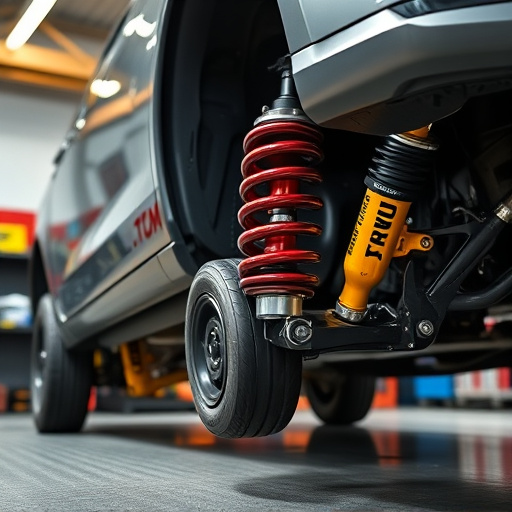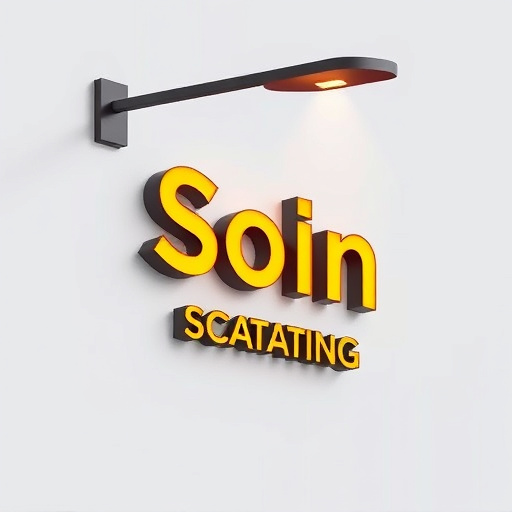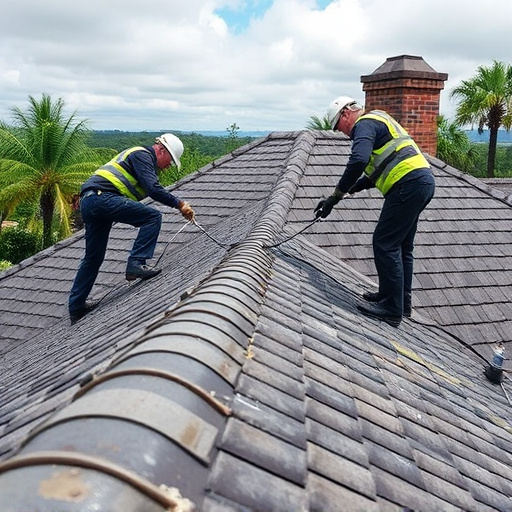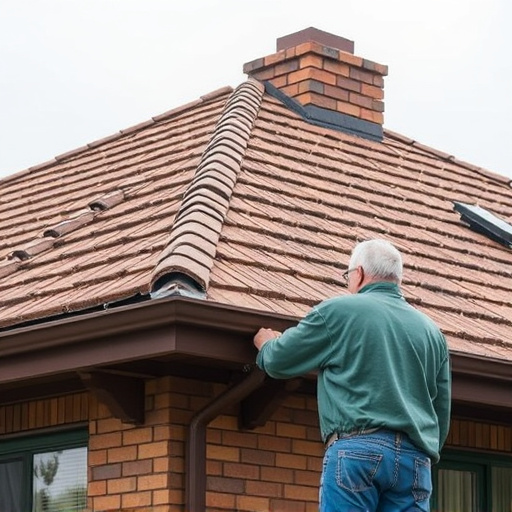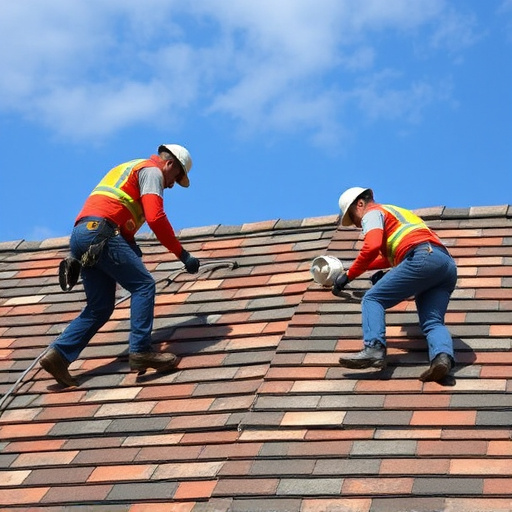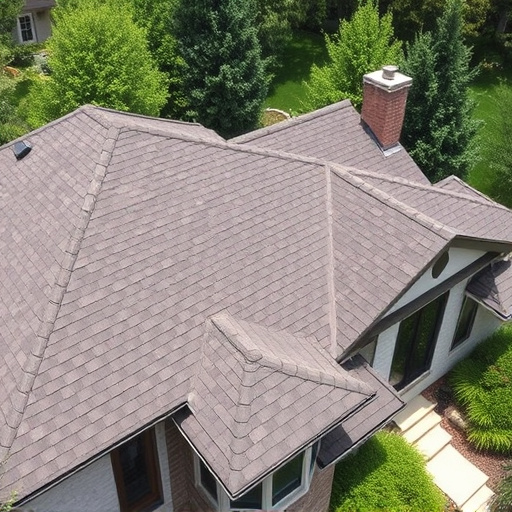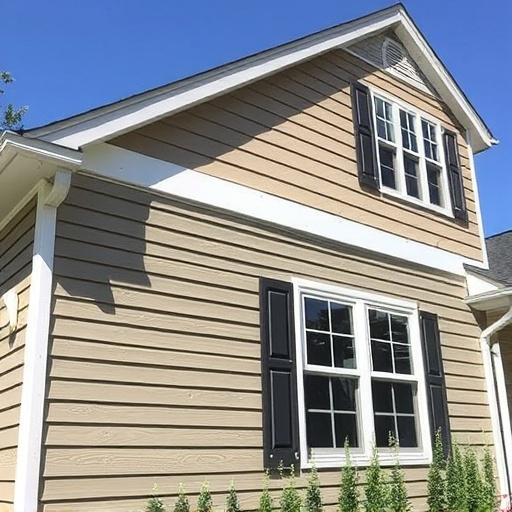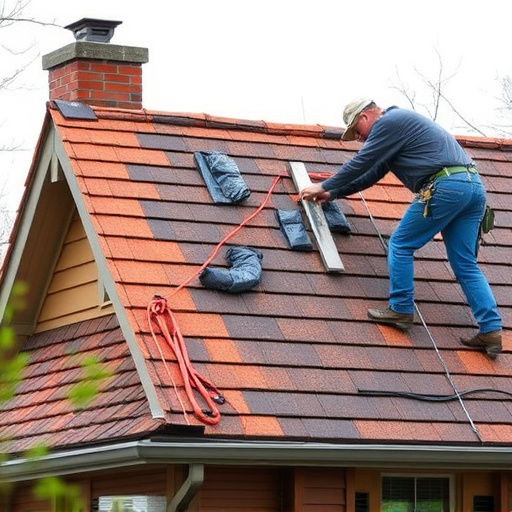Regular, bi-monthly roof inspections (for homeowners) or annual spring/fall checks (for all properties) are vital for roof maintenance. Look for missing or damaged shingles, flashing issues, leaks, and mold. Addressing problems early prevents expensive repairs and enhances energy efficiency. For commercial or older homes, focus on structure stability, drainage systems, and ventilation. Consult roofing experts for insights into solutions based on observations.
Roof maintenance is an essential aspect of home upkeep that often goes overlooked until significant issues arise. Fortunately, many common roof problems can be prevented or remedied with regular DIY care. This guide equips you with the knowledge and practical tips for maintaining your roof, including regular inspections, identifying and fixing leaks, addressing structural damage, and implementing preventative measures like cleaning and proper ventilation. Start implementing these simple yet effective DIY roof maintenance strategies today to safeguard your home’s most crucial protective barrier.
- Regular Inspection: The First Step in Roof Maintenance
- – When to inspect your roof
- – What to look for during an inspection
Regular Inspection: The First Step in Roof Maintenance
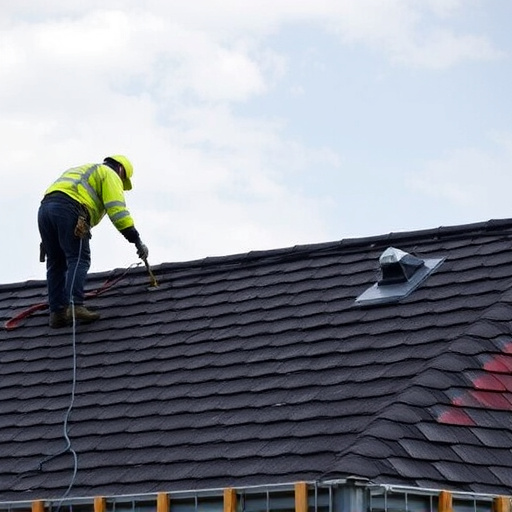
Regular roof inspections are an essential part of any DIY roof maintenance routine. By scheduling periodic checks, often every few months, homeowners can catch potential issues early on and prevent them from escalating into costly repairs. During these inspections, look for signs of damage like missing or damaged shingles, flashing problems, leaks, or mold growth. These visual assessments allow you to identify areas that may require immediate attention, such as siding replacement or repairs to the roof’s underlayment.
Moreover, regular inspections provide an excellent opportunity to evaluate your exterior home improvements and plan for necessary maintenance. In the case of commercial properties or older homes, focusing on key components like the roof’s structure, drainage systems, and ventilation can help ensure longevity and maintain the overall quality of your property.
– When to inspect your roof
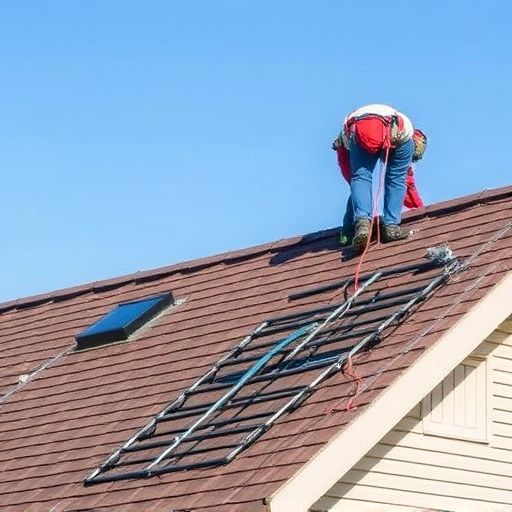
Regular roof maintenance is an essential aspect of homeowner responsibility. It’s recommended to inspect your roof at least twice a year, ideally in the spring and fall. This seasonal check-up allows you to catch any potential issues early on, preventing more serious problems down the line. During these inspections, look for signs of wear and tear, such as missing or damaged shingles, flashing deterioration, or moisture build-up.
Identifying problems early can save you from costly repairs and potentially avoid the need for complete roof replacement. Moreover, regular maintenance can enhance your home’s energy efficiency, as a well-maintained roof ensures proper insulation and ventilation. Consider these inspections a crucial part of your home service solutions, and don’t hesitate to consult with professional roofing experts or siding specialists if you notice any concerning issues during your routine checks.
– What to look for during an inspection
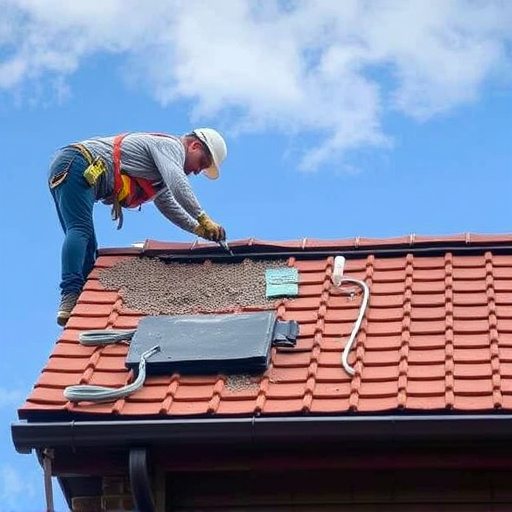
During a roof inspection, pay close attention to several key areas. First, look for any signs of damage like missing or damaged shingles, leaks, or moss growth. These are common issues that can compromise your roof’s integrity and lead to more serious problems down the line. Regularly checking these elements is crucial for effective roof maintenance.
Additionally, assess the overall structure and stability of your roof. Check for proper drainage systems, as blocked gutters or drains can cause water damage. A well-maintained exterior home improvements involves ensuring these components are in good working order. Consider hiring a roof consulting professional to gain insights into any potential roofing solutions that might be needed, based on these observations.
Maintaining your roof is a crucial aspect of home ownership, and these DIY tips can help you stay on top of its care. Regular inspections are key; set aside time every few months to check for any signs of damage or wear. By being proactive with roof maintenance, you can prevent small issues from turning into major problems, ultimately saving you time and money in the long run. So, grab your ladder and get started on these simple yet effective tasks to keep your roof in top shape!
